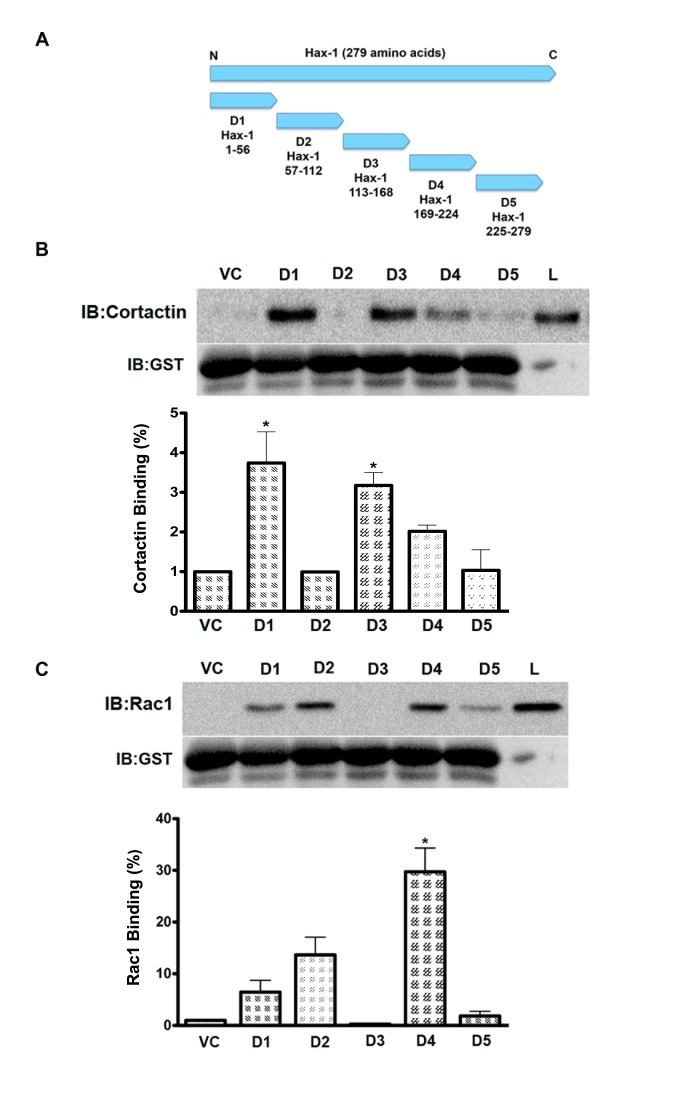Figure 4. Hax-1 interacts with cortactin and Rac1 via distinct regions.
(A) Hax-D1, Hax-D2, Hax-D3, Hax-D4, and Hax-D5 domain constructs, labeled D1, D2, D3, D4, and D5, comprising of 56 consecutive amino acids, were cloned by PCR methods in pGEX 5x-1 vector. (B, C) The GST-D1-D5 Sepharose beads were prepared using protocols as discussed under Materials and Methods section from the GST-Hax-D1-D5 domain constructs. 2 mg of SKOV3 lysate protein obtained using previously published procedures were incubated with the GST- D1, GST-D2, GST-D3, GST-D4, and GST-D5 Sepharose beads for 4 hours at 4°C. The beads were washed five times with chilled GST-lysis buffer, and eluted in SDS sample-loading buffer. The co-precipitated Rac1 or cortactin along with the putative interacting domain, with Vector control (VC) and lysate input control (L) were identified by immunoblot analysis. Results presented are from a typical experiment and each experiment was carried out at least thrice. Binding percentage of cortactin (Figure 4B) and Rac1 (Figure 4C) were assessed and the error bars are presented as mean ± SEM. The statistical significance was assessed using one-tailed t-test. * p<0.05.

